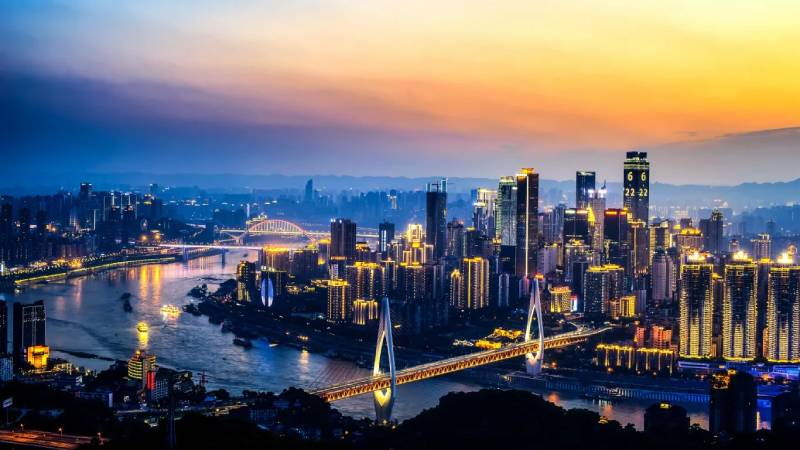Urbanization is a defining feature of modernity, with more than half of the world’s population now living in urban areas. The World Bank predicts that this number will continue to rise until 2050, with nearly 70% of the population living in cities. On the one hand, cities act as centers of economic activity, generating more than 80% of the world’s GDP and fostering innovation. However, the speed and scale of urbanization is straining existing infrastructure and services, leading to problems such as a lack of affordable housing, inadequate transportation systems, and environmental degradation.
Importantly, urbanization is experiencing unprecedented growth, particularly in Asia, with more than half of the world’s urban population living in this region. It is predicted that by 2030, more than 1 billion urban residents could face multiple high or extreme hazards, increasing the vulnerability of fast-growing cities to environmental and social challenges. It is embossed. Despite efforts to reduce slum conditions, more than 500 million people still live in such areas.
Check out the 5 most urbanized countries in Asia.
5. Qatar
Urban population (% of population): 99D
In recent decades, the country has undergone a significant and monumental change from a predominantly nomadic society to one dominated by urban centres. did. The capital, Doha, supports this change with its outstanding skyline, modern infrastructure and growing population.
Qatar’s urbanization is driven by factors such as industrialization, foreign investment, and government efforts to diversify the economy beyond oil.
4. Hong Kong
Urban population (% of population): 100D
Hong Kong is one of the most densely populated urban areas in the world. According to the 2021 census, the population reached 7.413 million, a slight increase from 7.337 million in 2016. The island’s population density is staggering: 23,000 people per square kilometer, or 58,000 people per square mile, making it the second densest urban area in the world. Over 1 million inhabitants. Despite being overpopulated, Hong Kong achieved high income status in 1990, even surpassing Britain’s GDP per capita.
3. Macao SAR, China
Urban population (population ratio): 100D
The urbanization of Macao, SAR is rapid and unique due to the limited land area of 32.8 square kilometers and the dense population of approximately 700,000 people. Since the end of Portuguese rule and its return to China in 1999, Macao’s economy has experienced tremendous economic growth, dominated by the gaming and tourism sectors. However, this growth has also brought challenges such as environmental degradation, traffic congestion, and social problems such as gambling addiction.
2. Kuwait
Urban population (% of population): 100D
Kuwait is a small but prosperous country in the Middle East that has experienced tremendous urbanization in recent decades. The capital, Kuwait City, is the epicenter of this urban development. As the economic center of the country, Kuwait City attracts most of the population, resulting in extensive urban growth and infrastructure expansion.
1.Singapore
Urban population (% of population): 100D
Singapore is particularly highly urbanized, with 5.61 million people living on just 719 km² of land, which equates to a population density of 7,800 people/km². Despite challenges such as overcrowding and environmental concerns, Singapore has managed urbanization very well. Its success has depended on a combination of integrated planning and dynamic governance. Furthermore, initiatives such as the Singapore Technical Deep Dive confirm the country’s efforts to share its urbanization insights globally.
- Achieve Financial Freedom: 5 Home-Based Business Ideas for 2025 - January 4, 2025
- Top 5 Countries Offering Family-Friendly Benefits to Foreign Workers - January 2, 2025
- 3 Top-Ranked Mutual Funds That Could Transform Your Retirement - January 2, 2025





